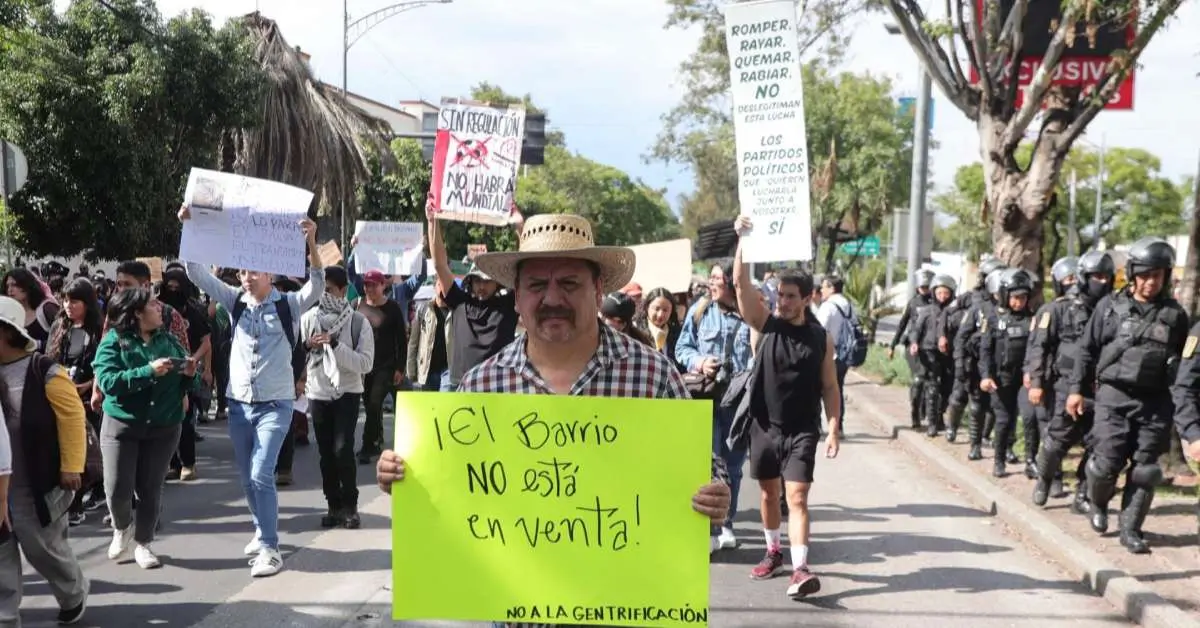Puerto Vallarta (PVDN) - The cost of living in Mexico has been a popular topic of discussion with numerous blogs dedicated to it. Many people are curious about how much others spend to live in a foreign country, especially those considering retiring in Mexico. As someone who has been asked about my cost of living in Mexico countless times, I understand its significance as a determining factor.
People from diverse backgrounds and financial situations decide to move to Mexico for various reasons. Some are attracted to the slower-paced lifestyle, regardless of their financial situation, while others choose . . .







